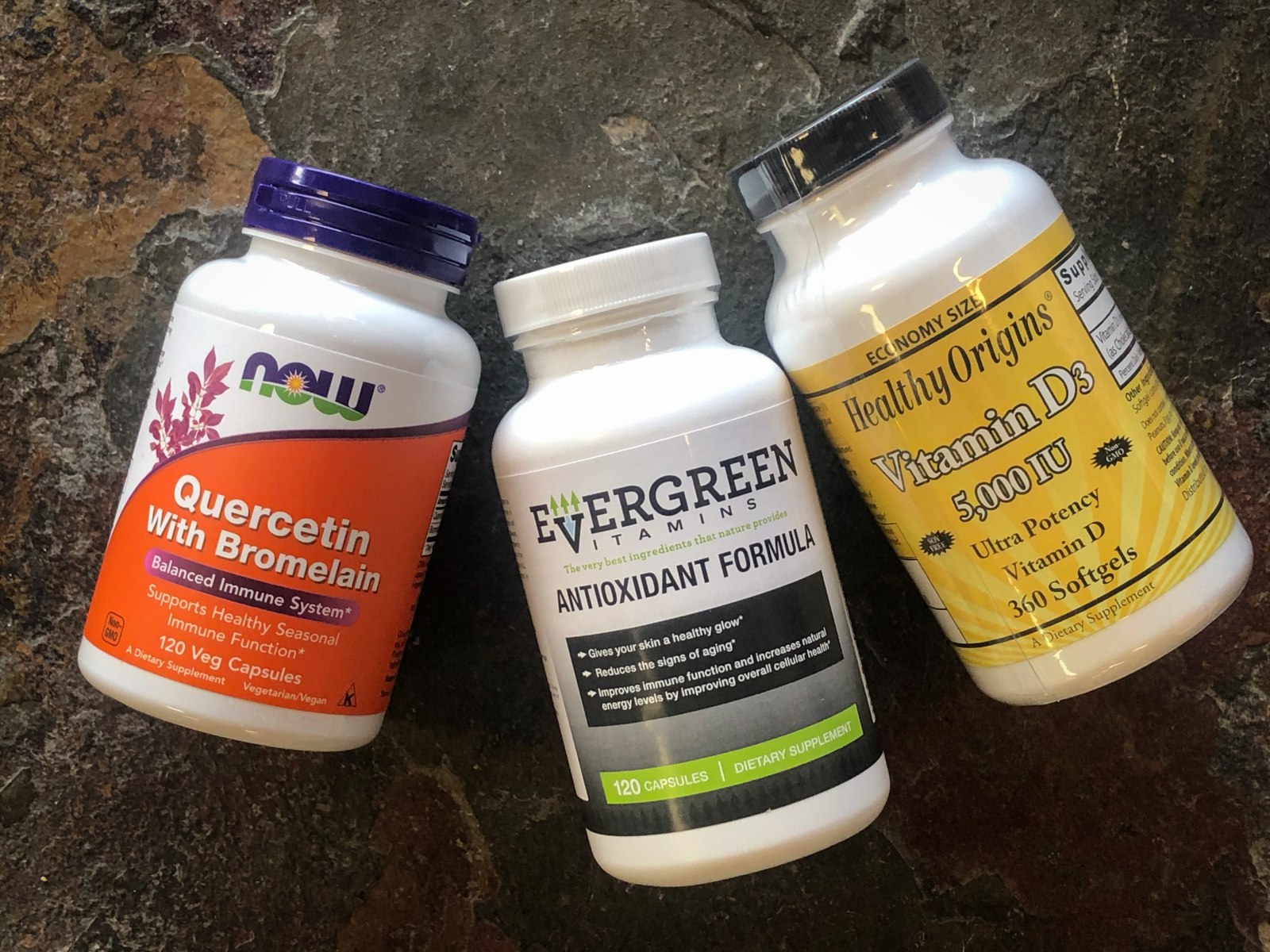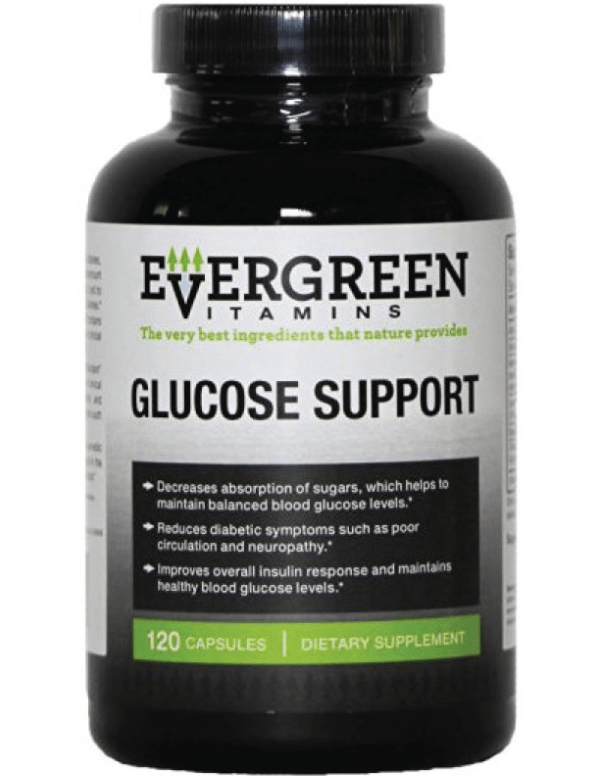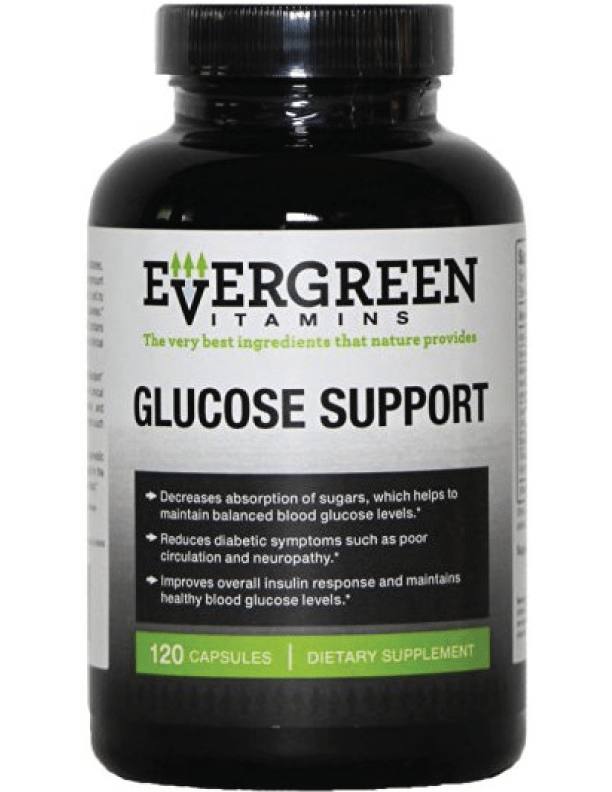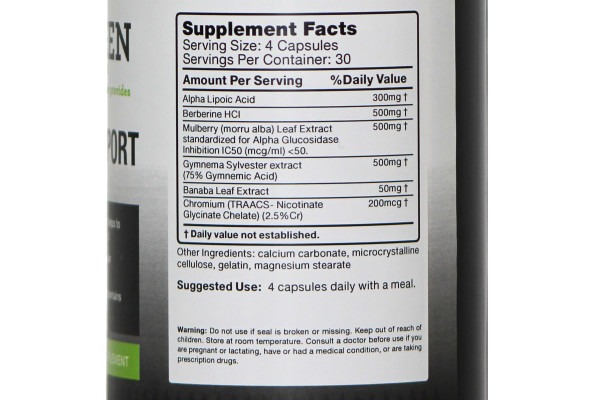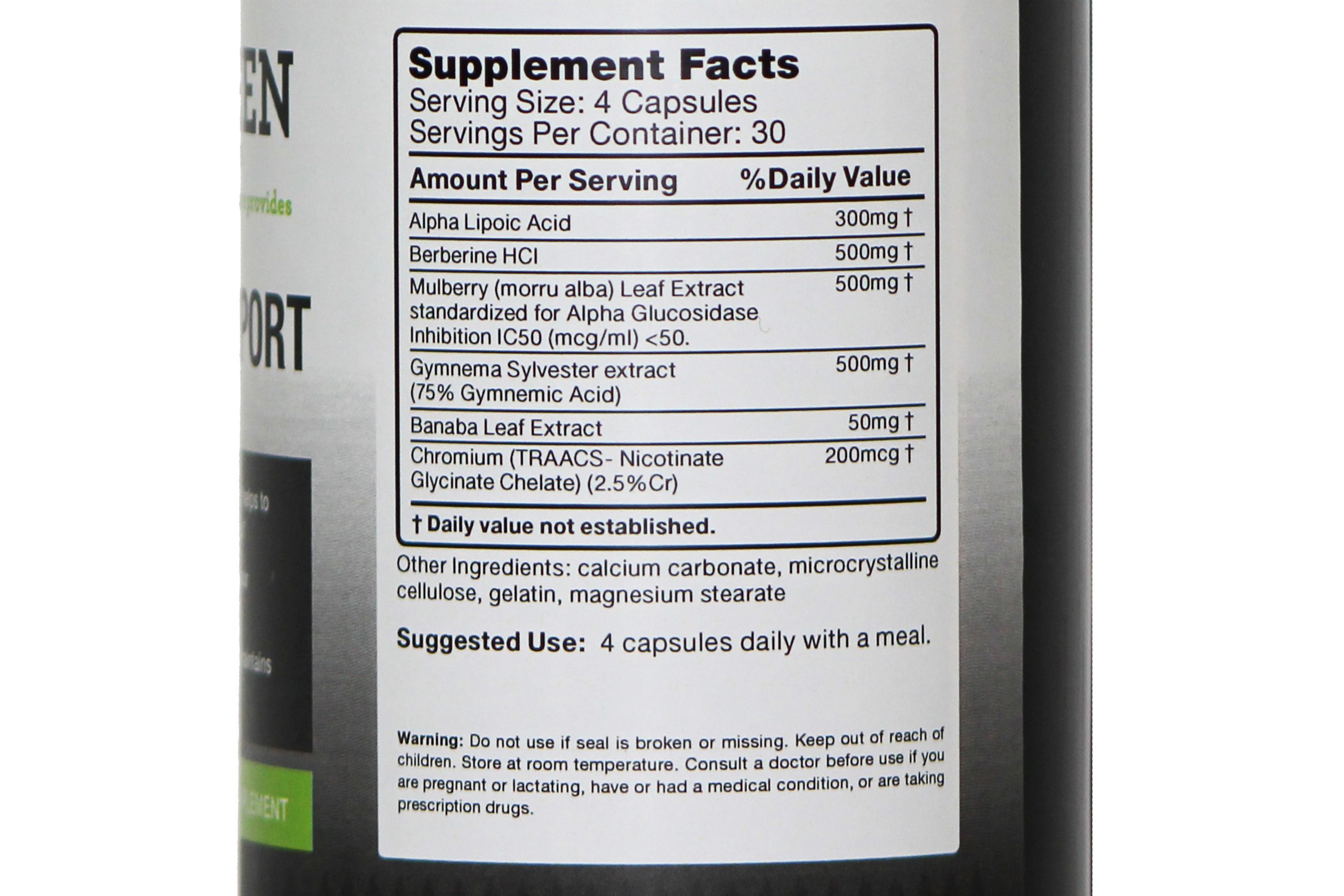Vitamin D: Brain, Bones and Cancer
What would happen if the morning news headlines read: “New Drug Can Prevent Up to 70% of Cancers” or “Scientific Discovery Identifies Drug That Could Prevent Majority of Alzheimer’s Cases?”
I think most of us would sit up and take notice. The drug company’s stock would skyrocket, the story would be repeated all over the country in the news. Doctors would start prescribing it to almost every patient that walked through the door. It would be a bargain, even if it cost $100– even if it cost $200 a month! But do you know what? That product already exists, and it isn’t a drug. In fact, it is better than any drug, and has an extraordinary spectrum of health benefits. That miracle is Vitamin D. Did you know that if Vitamin D was a new drug it would be worth 10 billion dollars annually to some drug company? But you can buy it for pennies a day in any health food store.
You would think that any product that could confer such benefits would be in widespread use, yet up to 58% of Americans have low vitamin D levels.
Today I would like to share with you some of the most recent research on the “sunshine vitamin” and the amazing benefits it can have for your health, as well as the reasons so many people are not getting enough of this natural life-saver. Are you getting enough D?
Vitamin D: Although considered a vitamin, Vitamin D is actually a pro-hormone. There are very few food sources for this nutrient. In fact, your body doesn’t need food to get vitamin D at all – it can make it after exposure to sunlight, through the action of your skin cells, liver, and kidneys. It takes approximately 15-20 minutes of direct sun exposure, 2 to 3 times a week, to build up vitamin D levels. Unfortunately, there are a whole host of reasons why your body may not create optimal vitamin D using sun exposure alone. I will have more to say about the challenge of getting enough vitamin D from the sun in the next section.
You probably know vitamin D already for its role in promoting calcium absorption and preventing osteoporosis. But new research that is appearing almost every day is finding that vitamin D helps reduce the risk of heart disease and dementia, prevent diabetes, slow the progress rate of cancer, and even promote weight loss!
Vitamin D Deficiency: If vitamin D can be produced just by exposure to sunlight, why are almost 60% of Americans vitamin D deficient or insufficient? One thing to consider is that the further you are from the equator, the lower the amount of the right kind of sunlight trigger vitamin D production in the skin. Additionally, people who live in the northern climates tend to get little to no sun exposure during the winter months, so their vitamin D levels decline. People with dark skin, especially when living in northern areas, also tend to not synthesize adequate amounts of vitamin D. People who are overweight or obese have adipose layers under the skin that interfere with the spontaneous production of vitamin D initiated by sun exposure. And finally, as we age, our skin becomes less efficient at vitamin D production. Did you know that by the time we are 65, changes to the structure of our skin reduces vitamin D production by up to 60%?
Another challenge to getting sufficient vitamin D is the use of cholesterol lowering drugs. One of the building blocks your body uses for making vitamin D is cholesterol. Greatly inhibiting your body’s production of cholesterol makes it much harder for your body to make vitamin D when exposed to the sun. While not yet fully investigated, I wouldn’t be surprised if this interference in vitamin D production is not one of the reasons that there is an increased cancer risk with the use of these drugs.
The classic sign of severe vitamin D deficiency is soft, weak bones. In children, this is known as rickets, and in adults as osteomalacia. In both cases, treatment is high dose vitamin D supplementation. But low levels of vitamin D are also associated with a vast number of health problems – cancer, Alzheimer’s disease, Parkinson’s disease, diabetes, autoimmune diseases, and more. You do not have to have a severe deficiency to have dangerously low levels of this vitamin.
So to summarize, those who are at the greatest risk of vitamin D deficiency include those who are rarely exposed to sunlight – the elderly and people living in northern climates (especially during the winter) – obese individuals, exclusively breastfed infants (breast milk contains only small amounts of vitamin D, and most nursing mothers are themselves vitamin D insufficient or deficient), people with dark skin, especially when living in northern latitudes, and those who have fat malabsorption syndromes (e.g., cystic fibrosis) or inflammatory bowel disease (e.g., Crohn’s disease). Scientists studying the human genome have found that there are genetic differences in certain individuals that can greatly limit vitamin D utilization in the body. Other factors that can interfere with natural production of vitamin D include the use of sunscreens, pollution that blocks the sun’s rays, and covering up when outdoors so that no skin is exposed. It is no surprise that so many people are at risk from not having enough vitamin D.
Forms of Vitamin D: D2 and D3: There are two forms of vitamin D used in supplements. Vitamin D2 is the form of vitamin D synthesized by plants. It is also known as ergocalciferol. Cholecalciferol, or vitamin D3, is the form that is produced by the human body. Both D2 and D3 can increase circulating vitamin D levels, although many people prefer to use the D3 form as being closer to what is already found in the body.
Vitamin D for Health
Build bone: Vitamin D aids in the absorption of the bone-building nutrient, calcium. It also helps to maintain normal blood levels of calcium and phosphorus. Vitamin D intake is important for increasing bone density, and reducing the risk of fractures and falls – especially in older individuals. However, vitamin D does not work alone to build bones. Many studies have found that vitamin D and calcium together provide better benefits than either alone. These effects are enhanced when combined with other important bone-building nutrients including boron, copper, zinc, magnesium, vitamin K and others. You can read more about building strong healthy bones in my article Preventing Osteoporosis and Restoring Bone Health.
Prevent Brain disease: By the year 2050, it is estimated that over 14 million Americans will be suffering from Alzheimer’s disease. While there is still no cure, great progress has been made in understanding this disease and finding a potential treatment – including the role of vitamin D in preventing and treating dementia. It is becoming very clear that low levels of vitamin D significantly increase your risk of losing brain function or developing Alzheimer’s disease. In fact, a recent study found that being deficient in vitamin D increased the risk of suffering from impaired brain function by 42%. But in people who had severe vitamin D deficiency the risk of mental impairment went up a shocking 394%! (Findings presented at the International Conference on Alzheimer’s Disease, Hawaii, 2010).
Alzheimer’s disease is characterized by the development of plaques and tangles in the brain. These clumps of protein interfere with communication between brain cells and are considered one of the key signals of Alzheimer’s. Researchers combining vitamin D with curcumin (from the Indian spice turmeric) have found that this combination can actually clear away the plaques! They do this by stimulating the immune system to break down the protein forming the plaques and tangles. I discuss this in more detail in my article What Causes Alzheimer’s which you can read on terrytalksnutrition.com.
More good news about preventing brain diseases: high blood levels of vitamin D may reduce the risk of developing Parkinson’s disease (a disease of the nervous system which impacts brain function) by 67%. [Knekt P. Archives of Neurology. 67(7):808-811.]
Stop Cancer: Vitamin D deficiency has been associated with at least 17 forms of cancer. For example, research has found that high levels of D can reduce risk of colon cancer by 40%. Up to 75% of women with breast cancer are vitamin D insufficient, while high levels of vitamin D are associated with a 45% reduction in breast cancer risk. Laboratory studies looking at the effects of vitamin D on breast cancer have found that vitamin D is able to enter breast cancer cells and trigger cell death – in other words, vitamin D can kill breast cancer cells. Other cancers for which vitamin D has shown a protective effect include ovarian, prostate, stomach, bladder, kidney, and lung cancer.
Pregnancy: Some very interesting research has recently been published on vitamin D intake during pregnancy. Researchers in South Carolina tested women in their 2nd or 3rd month of pregnancy and found that 94% of the African-American women, 66% of the Hispanic women, and 50% of the Caucasian women they examined were vitamin D deficient or insufficient. They then divided the women into three dosage groups. Group one received 400 IU of vitamin D, Group two 2,000 IUs, and Group three 4,000 IUs daily. They found that the women receiving the highest dosage of vitamin D – 4,000 IU – had the fewest pregnancy related complications. They were half as likely as the other women to develop gestational diabetes, pregnancy-related high blood pressure, or preeclampsia. They were also less likely to give birth prematurely. Other researchers, not involved in this study, have agreed with their conclusions that pregnant women should take more than the 400 IU of vitamin D currently recommended, and 2,000 IU might be a more reasonable number.
Other benefits
In a famous study of heart disease called the Framingham heart study, researchers found that low vitamin D levels increased risk of heart disease by 62%. A separate study found that vitamin D deficiency increases the risk of peripheral artery disease (circulatory problems in the legs) by 80%. Vitamin D can prevent or delay complications associated with diabetes, reduce pain associated with fibromyalgia, and decrease the severity and frequency of asthma attacks. In a study of older adults suffering from depression, women with low levels of vitamin D were twice as likely to develop depression as women with adequate vitamin D levels.
And if all this information is not enough to convince you to increase your intake of vitamin D, here is one final research finding – in a study looking at vitamin D intake, those who had the lowest levels of vitamin D had a 26% higher risk of death from all causes compared to those with the highest vitamin D levels!
How much vitamin D do you need daily?
The current recommendation for vitamin D intake is ridiculously low, and in fact was set in the early years of the last century before it was possible to measure circulating levels of the active form of vitamin D in the bloodstream. In fact, one study that looked at young women receiving the current recommended amount of supplemental vitamin D (400 IU daily) found they had no increase, and sometimes even a decrease, in their vitamin D levels.
There is still no agreement among experts on how much vitamin D any individual needs, other than “more than 400 IU daily.” When treating certain diseases, dosages of 50,000 to 100,000 IU of vitamin D may be administered. However, for most of us, a daily intake of 1,000 to 2,000 IU is probably adequate.
Conclusion
We’ve touched on an incredible array of health conditions—Alzheimer’s and Parkinson’s disease, several forms of cancer, osteoporosis, and even healthy pregnancies and healthy babies. And we have not even covered all the health issues in which vitamin D plays a significant role! I recommend a lot of the natural medicines for specific conditions, like ivy extract for asthma or sea buckthorn for Sjogren’s syndrome. This is a rare pleasure when I can confidently recommend vitamin D to everyone, and I guarantee it will change your health for the better!
©2010 Terry Talks Nutrition | Privacy | Legal Disclaimer


